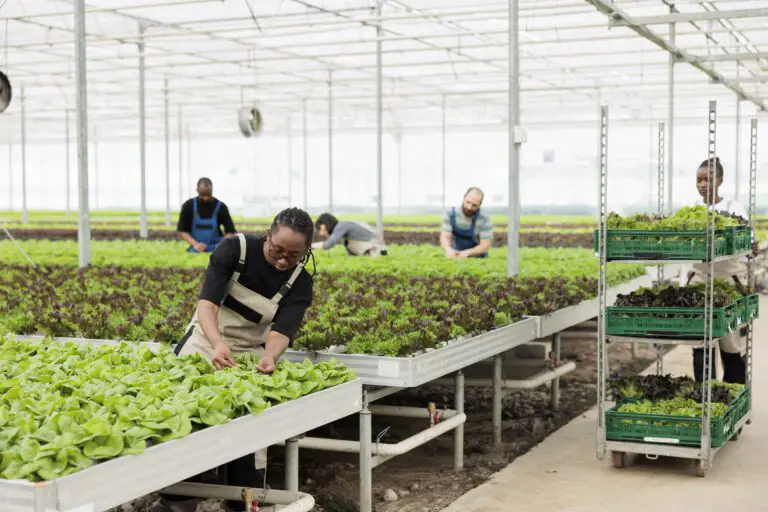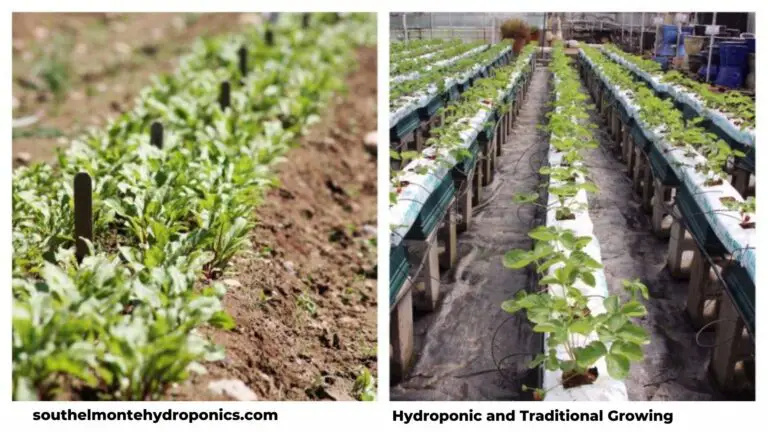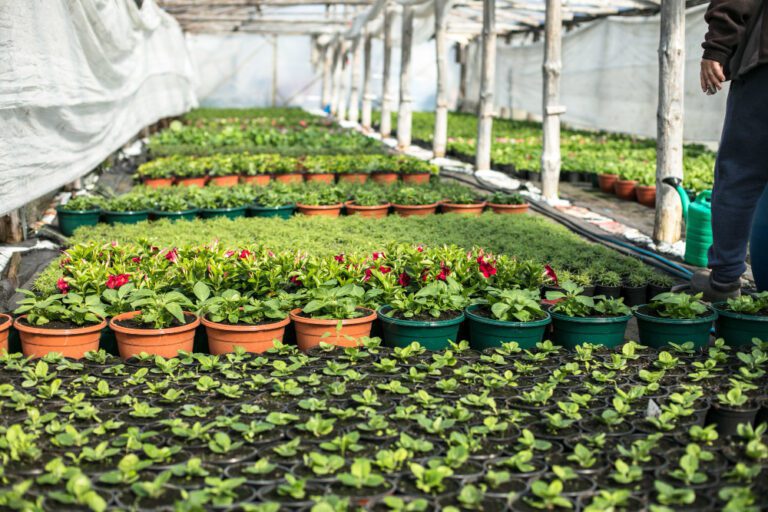How Sponge Works as a Hydroponic Growing Medium and How to Use It
Table of Contents
Enhancing Root Development and Overall Plant Growth with Sponge
Root development is a critical factor in the overall growth and health of plants. One method that has shown great promise in enhancing root development is the use of sponge in hydroponics systems. Sponge has a unique ability to retain water and nutrients, providing an ideal environment for root growth. When used in hydroponics setups, the sponge offers a stable and consistent moisture level, which promotes the proliferation of root hairs and the development of a robust root system. This, in turn, leads to improved nutrient uptake, enhanced plant growth, and ultimately, higher yields.
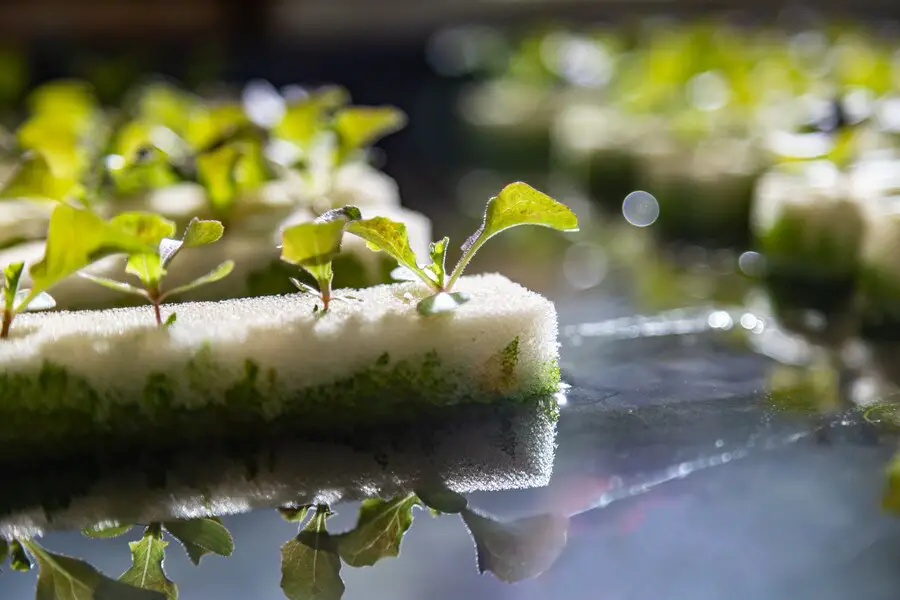
Studies have shown that plants grown with sponge exhibit more extensive root systems compared to those grown in traditional soil-based systems. The increased surface area of the roots allows for better nutrient absorption and uptake, resulting in healthier and more vigorous plants. Additionally, the sponge’s water-retention properties ensure that plants have access to a steady supply of moisture, even during periods of drought or water scarcity. This can be especially beneficial in regions with limited water resources or for gardeners looking to optimize water usage.
Furthermore, the versatility of sponge in hydroponics systems is worth noting. It can be easily cut and shaped to fit various container sizes or adapt to different plant types. Whether you are growing herbs, vegetables, or even flowers, incorporating sponge into your hydroponics setup can provide the ideal environment for root development and overall plant growth. With the right combination of water, nutrients, and a reliable medium like sponge, gardeners can witness significant improvements in the health and productivity of their plants.

In conclusion, the use of sponge in hydroponics systems holds great potential for enhancing root development and overall plant growth. Its water-retention properties and versatility in shaping make it an ideal medium for promoting stronger and more extensive root systems. By incorporating sponge into your hydroponics setup, you can create an optimal environment for your plants to thrive, resulting in improved nutrient uptake, healthier plants, and higher yields.
• Sponge in hydroponics systems has shown promise in enhancing root development
• Sponge retains water and nutrients, providing an ideal environment for root growth
• Stable moisture levels promote the proliferation of root hairs and robust root system development
• Improved nutrient absorption and uptake lead to healthier and more vigorous plants
• Sponge’s water-retention properties ensure steady moisture supply during drought or water scarcity
• Versatility of sponge allows for easy customization to fit various container sizes or plant types
• Incorporating sponge into hydroponics setups can optimize water usage and improve plant health and productivity.
Here is a table that summarizes the benefits of using sponges to enhance root development and overall plant growth:
| Benefit | Description |
|---|---|
| 1 | Sponges can harbor beneficial microorganisms that promote root growth and nutrient uptake 1. |
| 2 | Sponges can help maintain optimal moisture levels for plants, which is essential for healthy root development 1. |
| 3 | Sponges can provide mechanical support to plants, which is especially important for young seedlings 1. |
| 4 | Sponges can be reused multiple times with proper care and sanitation, making them an eco-friendly and cost-effective alternative to soil . |
Harvesting and Reusing Sponge in Hydro
The process of harvesting and reusing sponge in hydroponics is a crucial step in maximizing the efficiency of your system. By understanding the proper techniques and benefits of this practice, you can enhance the overall success of your hydroponic endeavors.
When it comes to harvesting the sponge, it is important to do so at the right time. Ideally, you should wait until the sponge has absorbed all the necessary nutrients and moisture from the solution. This ensures that your plants have received the maximum benefit from the sponge and are ready for replanting. Gently remove the sponge from the hydroponic system, being careful not to damage the roots or disturb the delicate balance of the solution.

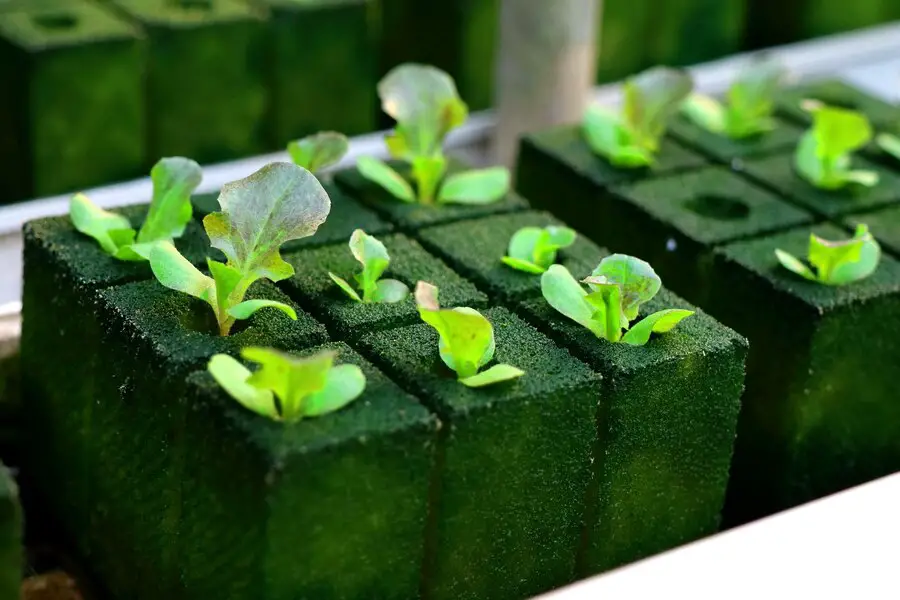
Once you have harvested the sponge, it is essential to properly clean and sterilize it before reusing it in your hydroponic setup. This helps to prevent the spread of diseases and pests that can harm your plants. Thoroughly rinse the sponge with clean water to remove any debris or unwanted substances. You can also soak the sponge in a diluted bleach solution or use a commercial sterilizing agent to ensure its cleanliness. After sterilization, you can trim the sponge to fit the desired container and replant your new crop.
Harvesting and reusing sponge in hydroponics offers several advantages. Not only does it save you money by reducing the need for new sponges, but it also promotes sustainability by minimizing waste. Additionally, using the same sponge for multiple plant cycles can lead to improved root development and overall plant growth. The sponge acts as a reservoir, retaining moisture and nutrients, which can benefit the roots and promote healthy growth. By implementing this practice, you can enjoy more robust and productive plants in your hydroponic system.
In conclusion, harvesting and reusing sponge in hydroponics is a beneficial practice that can greatly enhance the success of your gardening endeavors. By following the proper techniques and taking the necessary precautions, you can ensure the cleanliness and effectiveness of the sponge for future use. So, why not give it a try and experience the advantages of this sustainable and growth-promoting practice in your own hydroponic setup?
• Wait until the sponge has absorbed all necessary nutrients and moisture before harvesting
• Gently remove the sponge from the hydroponic system to avoid damaging roots or disturbing solution balance
• Clean and sterilize the sponge thoroughly before reusing to prevent diseases and pests
• Rinse the sponge with clean water to remove debris and unwanted substances
• Soak the sponge in a diluted bleach solution or use a commercial sterilizing agent for additional cleanliness
• Trim the sponge to fit desired container after sterilization and replant new crop
• Harvesting and reusing sponge saves money by reducing need for new sponges
• Promotes sustainability by minimizing waste
• Using same sponge for multiple plant cycles can improve root development and overall growth
• Sponge acts as reservoir, retaining moisture and nutrients beneficial for roots’ healt
Here is a table that summarizes the process of harvesting and reusing sponges in hydroponics:
| Step | Description |
|---|---|
| 1 | Harvest the plants from the sponge. |
| 2 | Place the sponge in a large bowl. |
| 3 | Add some hot water and soak the sponge for 10-15 minutes. |
| 4 | Squeeze the sponge to remove any stubborn roots and dirt. |
| 5 | Place the washed sponges in a clean bowl. |
Hydroponic sponges like rockwool and coco coir can be safely reused, but it’s important to follow proper care and sanitation between grow cycles to ensure optimal plant health and production . Thorough rinsing, sterilization, and ongoing condition monitoring are key steps to maximize the reuse potential of hydroponic sponges. Different types of porous sponges serve the function of supporting roots and retaining moisture in hydro systems. Understanding their role and properties helps inform reuse decisions .
What is the purpose of using sponge in hydroponics?
The purpose of using sponge in hydroponics is to enhance root development and overall plant growth.
How does sponge contribute to root development in hydroponics?
Sponge provides a stable and porous medium that allows roots to easily penetrate and grow, promoting healthy root development in hydroponic systems.
Can sponge be harvested and reused in hydroponics?
Yes, sponge can be harvested and reused in hydroponics.
This video will give you detailed view about sponge be harvested and reused in hydroponic growing medium. Please check it out!
How can sponge be harvested from hydroponic systems?
Sponge can be carefully removed from the hydroponic system, ensuring minimal disturbance to the roots, and then cleaned and prepared for reuse.
What is the process of cleaning and preparing harvested sponge for reuse?
The harvested sponge should be thoroughly rinsed with clean water to remove any debris or residue. It can then be soaked in a mild disinfectant solution to sterilize it before being rinsed again and dried for reuse.
To know detailed information please check the video! it will more helps you to understand.
Can I reuse the sponge indefinitely in hydroponics?
While sponge can be reused, it may eventually degrade over time and lose its effectiveness as a growing medium. It is recommended to monitor the condition of the sponge and replace it when necessary.
Are there any precautions to take when reusing sponge in hydroponics?
It is important to ensure that the harvested sponge is properly cleaned and sterilized before reuse to prevent the spread of diseases or pathogens in the hydroponic system.
How long can a sponge be reused in hydroponics before replacement is necessary?
The lifespan of a sponge in hydroponics can vary depending on factors such as the quality of the sponge, the plants being grown, and the overall maintenance of the system. It is advisable to regularly inspect the sponge and replace it if it shows signs of degradation or becomes ineffective.

Nicole Burke is a dynamic writer at SouthElMonteHydroponics, fueled by her passion for horticulture and environmental sustainability. Armed with a degree in Environmental Science from a renowned institution, Nicole’s expertise lies in hydroponic gardening, organic farming, and biodiversity conservation. Her insatiable curiosity and love for nature drive her to explore innovative techniques in hydroponics, seeking to revolutionize the way we grow crops in urban environments. Nicole’s writing reflects her deep commitment to promoting eco-conscious practices and fostering a deeper connection between humans and the natural world. Through her engaging storytelling, she inspires others to embrace sustainable living and harness the power of hydroponics for a greener future.


